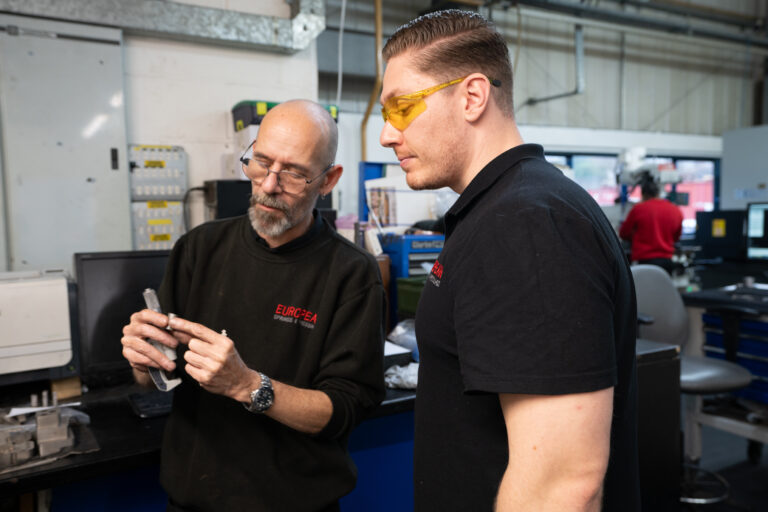
MacRobert Engineering Awards: Finalists Announced
The MacRobert Award is a highly competitive prize offered annually by the Royal Academy of Engineering, named after the great
Home › Engineering › Page 15

The MacRobert Award is a highly competitive prize offered annually by the Royal Academy of Engineering, named after the great

In our last post in the ‘Great Feats of Engineering’ series we looked at The Trans-Siberian Railway, which is a

Floating cities, space ports and high rise farms- could these be the future landscapes of Britain? Engineers have made some

At European Springs, we always like to keep the perspective that we’re just one small part of the great worldwide

Engineers are capable of accomplishing extraordinary things, and at European Springs Ireland, we believe that these are worth celebrating. For

Ants might just be the perfect workers. And if recent reports are to be believed, then Bionic ants the size

Ah springs, they’re an engineering wonder. As leading suppliers of high quality compression springs and a range of other innovative

We’ve been spring manufacturers since 1948 – that’s 67 years of incredible experience in the industry, and in that time

At European Springs Ireland, we do our best to keep abreast of the latest innovations and inventions in the engineering

And even if we don’t have exactly the tool we need, European Springs’ in house technology enables us rapidly to design and make complex tools, allowing us to offer more competitive prices.



© Copyright 2025 | European Springs
Designed, Promoted and Powered by SQ Digital